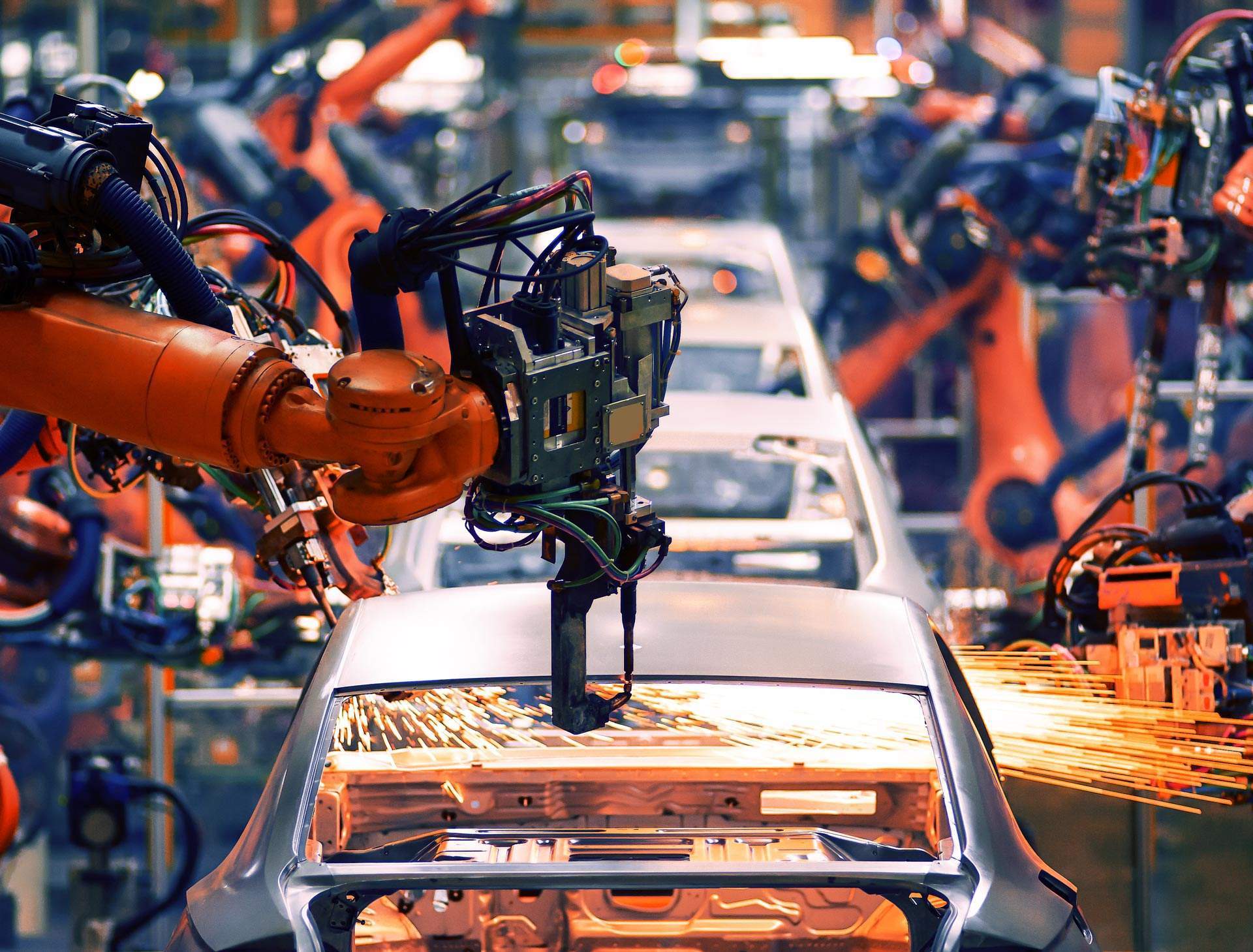
Industrial robot sales have climbed 114% over the past five years as more and more companies automate their operations.
This is according to the newly published World Robotics Report from The International Federation of Robotics, which publishes key statistics on the global use and growth of robotic technologies.
The report also found that last year a record number of industrial robots were shipped worldwide, at 381,000 units; a sales value of$16.2bn. This represents a 30% increase on 2016.
In the worldwide manufacturing industries, there are now 85 robots for every 10,000 employees, the highest density in history.
“Industrial robots are a crucial part of the progress of manufacturing industry,” sayid Junji Tsuda, President of the International Federation of Robotics.
“Robots evolve with many cutting-edge technologies. They are vision recognition, skill learning, failure prediction utilising AI, new concept of man-machine collaboration plus easy programming and so on.”
How well do you really know your competitors?
Access the most comprehensive Company Profiles on the market, powered by GlobalData. Save hours of research. Gain competitive edge.

Thank you!
Your download email will arrive shortly
Not ready to buy yet? Download a free sample
We are confident about the unique quality of our Company Profiles. However, we want you to make the most beneficial decision for your business, so we offer a free sample that you can download by submitting the below form
By GlobalDataThe industries dominating industrial robot demand
The industry accounting for the biggest use of industrial robots is, as has long been the case, automotive. This industry accounted for 33% of global supply in 2017, with a sales increase of 22%.
A growing level of complexity in the manufacture of passenger vehicles has helped drive further demand for robots in this sector, particularly among manufacturers of hybrid, electric and low-emissions vehicles.
However, while automotive rules when it comes to industrial robot sales, electronics is catching up. Here sales grew by 33% in 2017, giving the electronics industry a global share of 32%.
This is due to the need to cut the cost of electronics, while growing their complexity, in a market where wages and demand for regionally made products is on the rise.
In a weaker third is the metal industry, which has climbed to a 10% share of industrial robots, driven by 55% growth in the industry.
This has in part been fuelled by the surge in electric vehicles, which require lithium and cobalt for their batteries.
Future rises expected
The rise in industrial robot sales is not expected to stall anytime soon, with sales to rise by almost double again by 2021.
“The IFR outlook shows that in 2021 the annual number of robots supplied to factories around the world will reach about 630,000 units,” said Tsuda.



